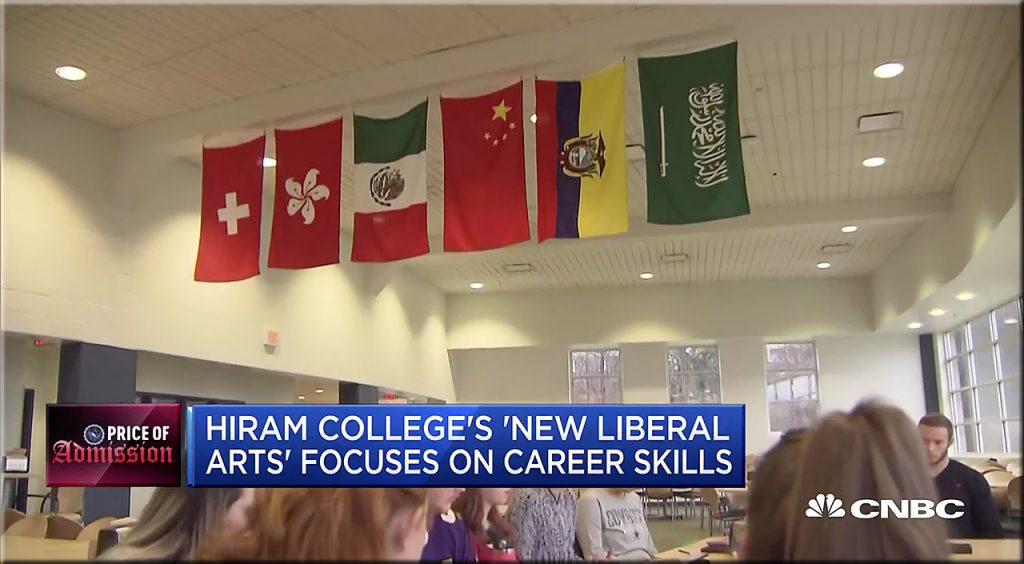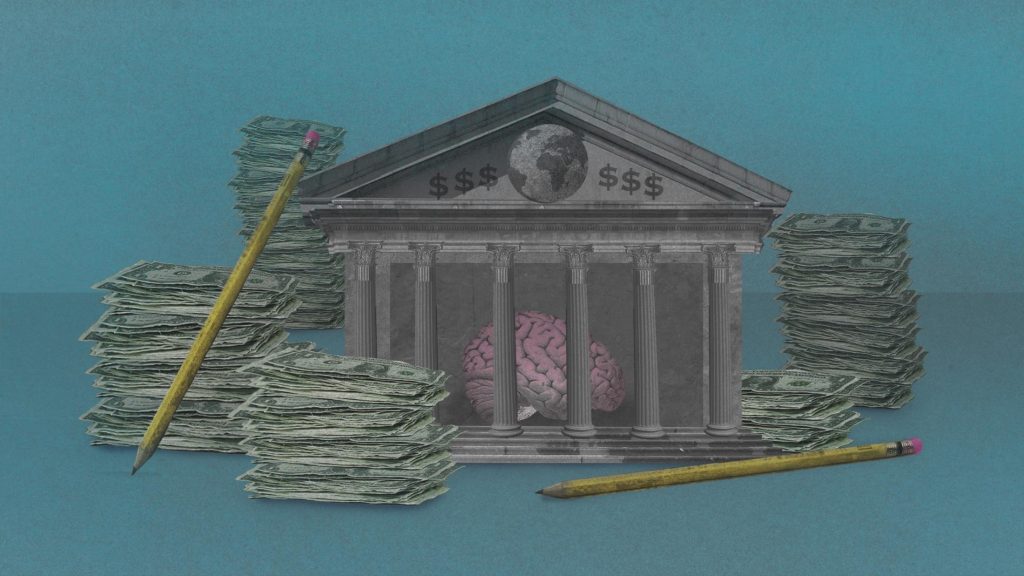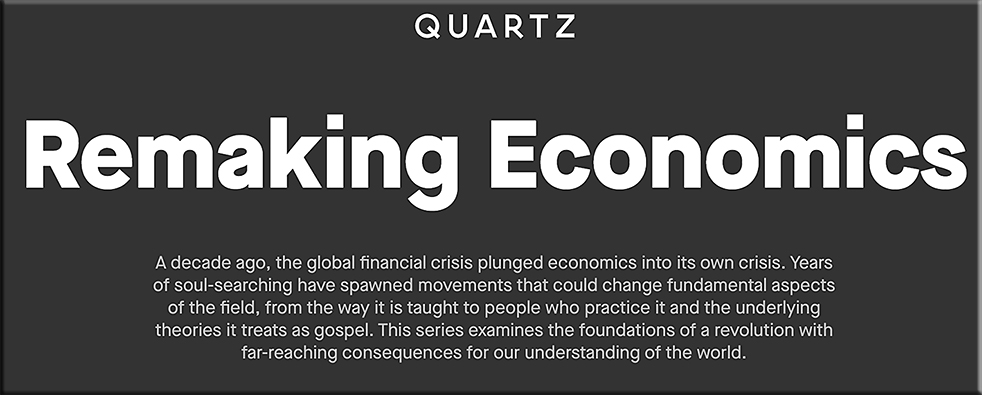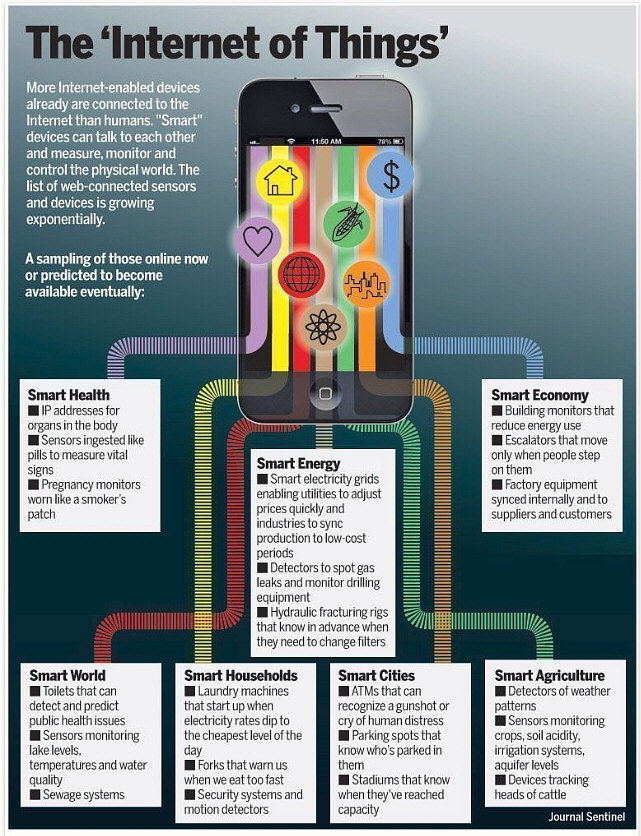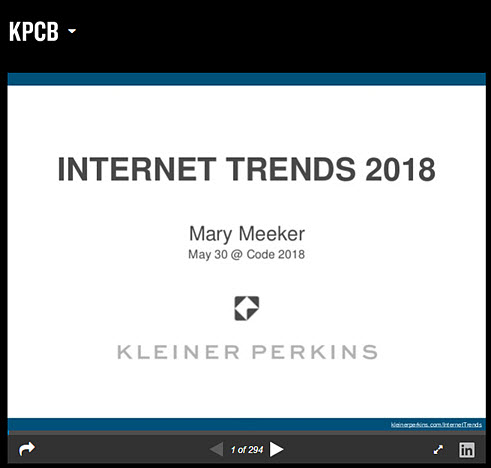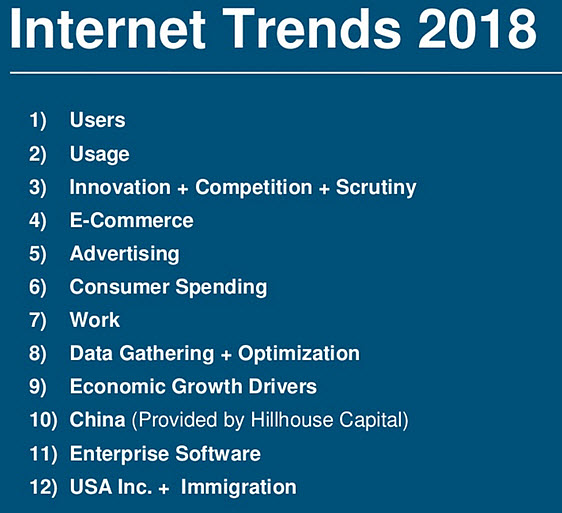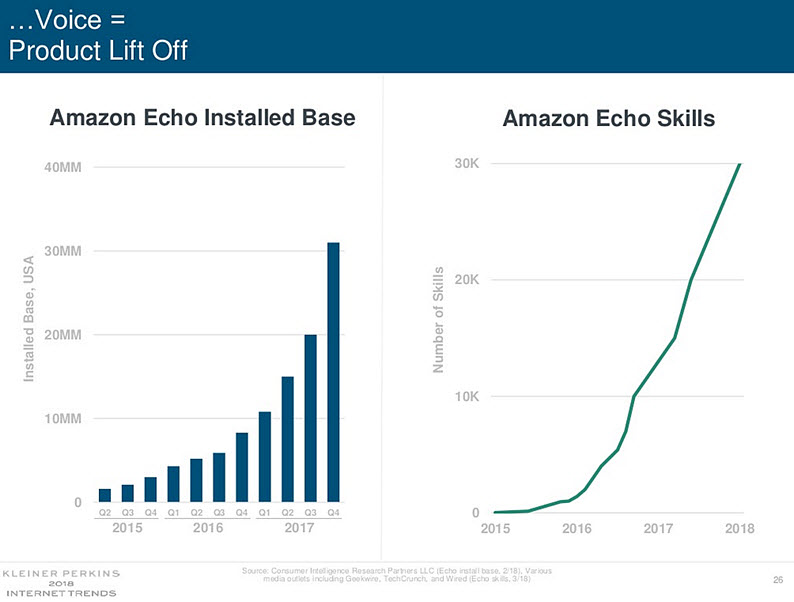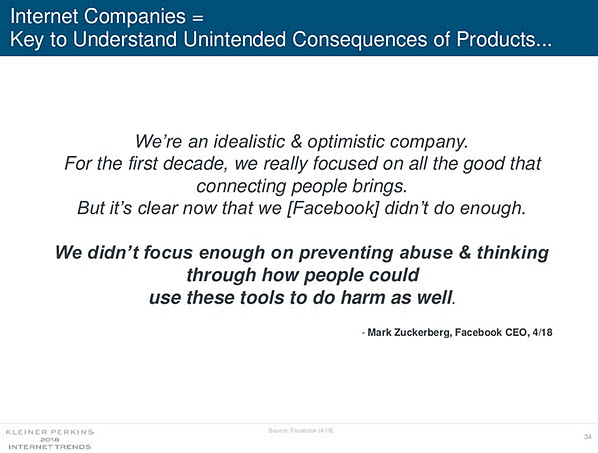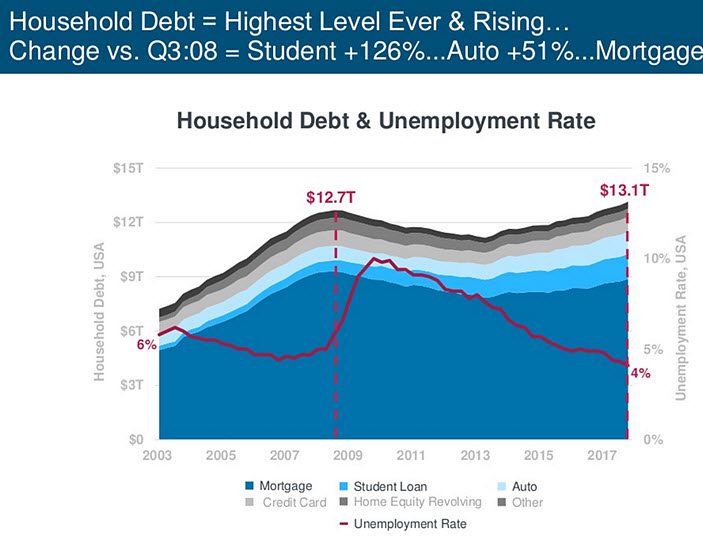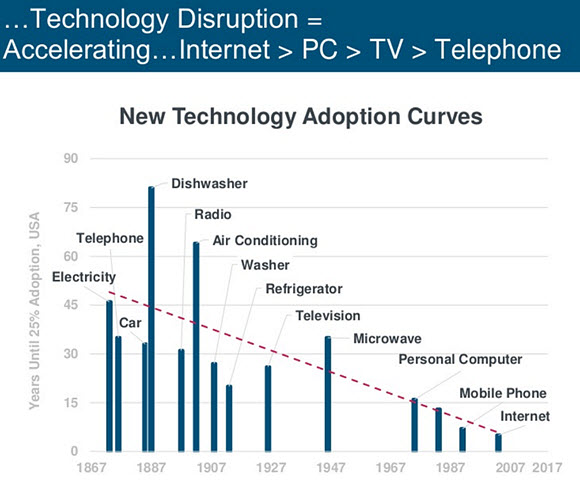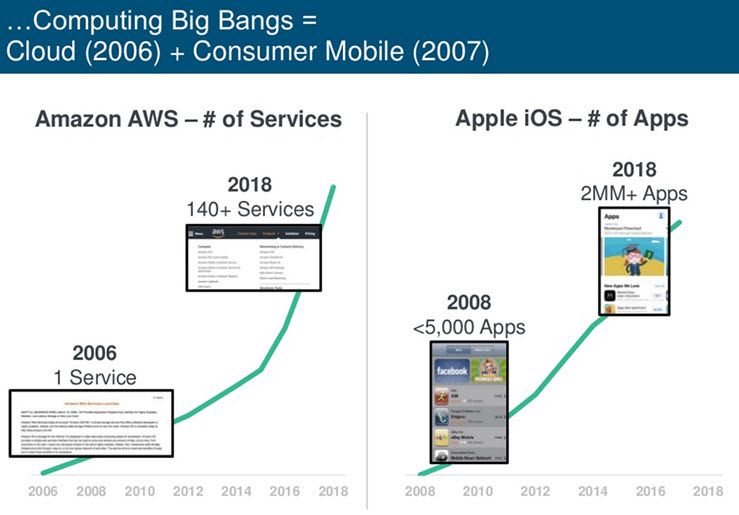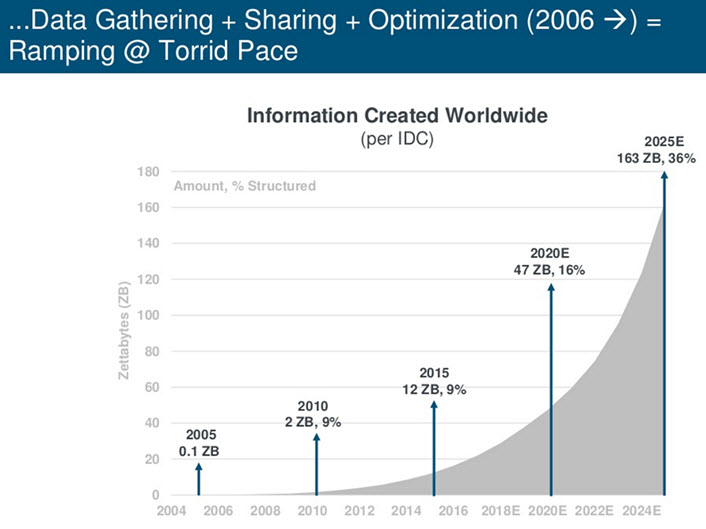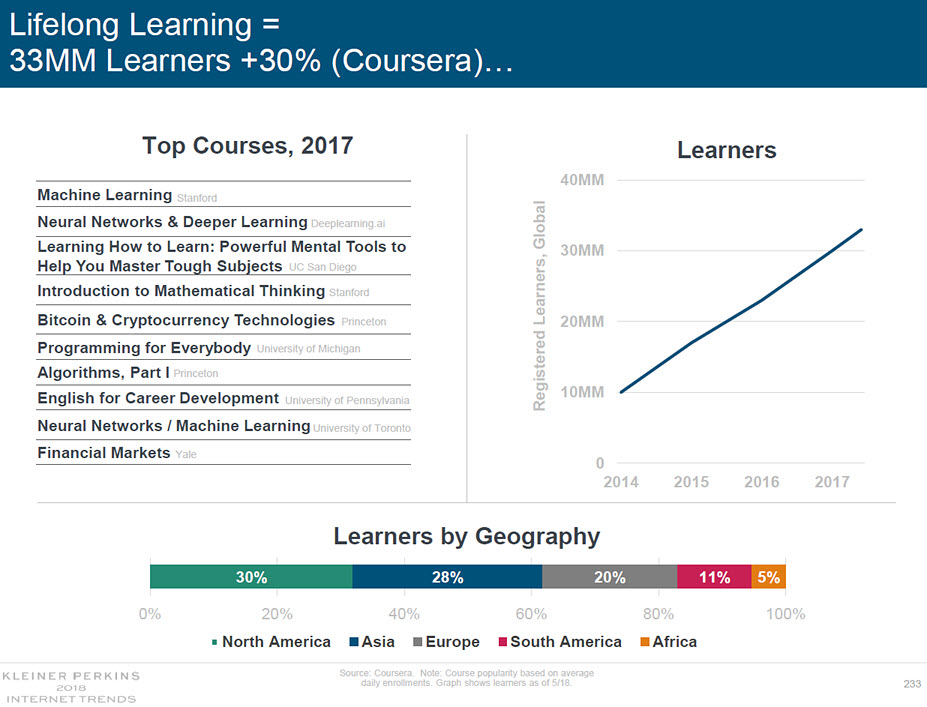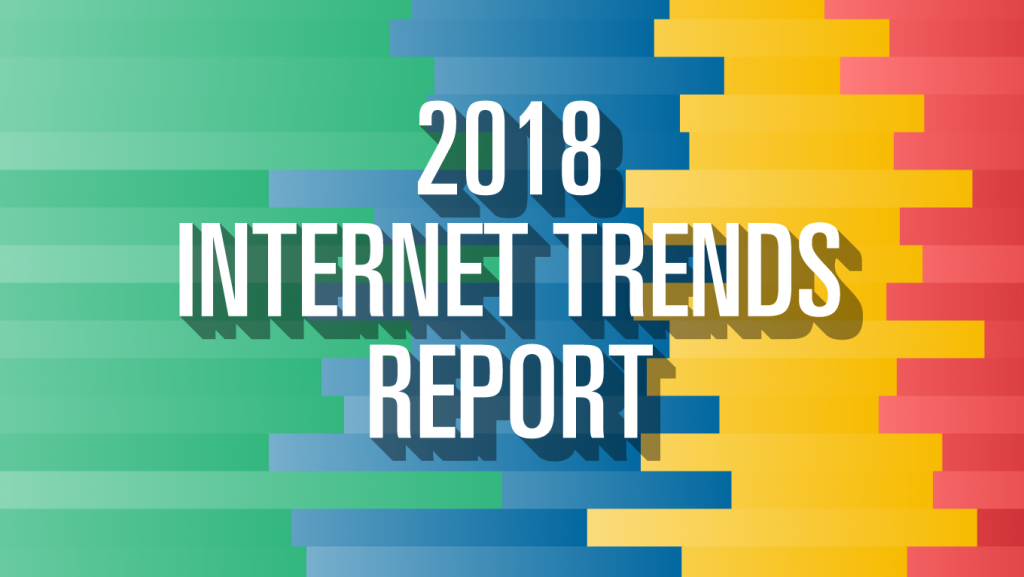Is Amazon’s algorithm cashing in on the Camp Fire by raising the cost of safety equipment? — from wired.co.uk by Matthew Chapman
Sudden and repeated price increases on fire extinguishers, axes and escape ladders sold on Amazon are seemingly linked to increased demand driven by California’s Camp Fire
Excerpt:
Amazon’s algorithm has allegedly been raising the price of fire safety equipment in response to increased demand during the California wildfires. The practice, known as surge pricing, has caused products including fire extinguishers and escape ladders to fluctuate significantly on Amazon, seemingly as a result of the retailer’s pricing system responding to increased demand.
An industry source with knowledge of the firm’s operations claims a similar price surge was triggered by the Grenfell Tower fire. A number of recent price rises coincide directly with the outbreak of the Camp Fire, which has been the deadliest in California’s history and resulted in at least 83 deaths.
From DSC:
I’ve been thinking a lot more about Amazon.com and Jeff Bezos in recent months, though I’m not entirely sure why. I think part of it has to do with the goals of capitalism.
If you want to see a winner in the way America trains up students, entrepreneurs, and business people, look no further than Jeff Bezos. He is the year-in-and-year-out champion of capitalism. He is the winner. He is the Michael Jordan of business. He is the top. He gets how the game is played and he’s a master at it. By all worldly standards, Jeff Bezos is the winner.
But historically speaking, he doesn’t come across like someone such as Bill Gates — someone who has used his wealth to literally, significantly, and positively change millions of lives. (Though finally that looks to be changing a bit, with the Bezos Day 1 Families Fund; the first grants of that fund total $97 million and will be given to 24 organizations working to address family homelessness. Source.)
Along those same lines — and expanding the scope a bit — I’m struggling with what the goals of capitalism are for us today…especially in an era of AI, algorithms, robotics, automation and the like. If the goal is simply to make as much profit as possible, we could be in trouble. If what occurs to people and families is much lower down the totem pole…what are the ramifications of that for our society? Yes, it’s a tough, cold world. But does it always have to be that way? What is the best, most excellent goal to pursue? What are we truly seeking to accomplish?
After my Uncle Chan died years ago, my Aunt Gail took over the family’s office supply business and ran it like a family. She cared about her employees and made decisions with an eye towards how things would impact her employees and their families. Yes, she had to make sound business decisions, but there was true caring in the way that she ran her business. I realize that the Amazon’s of the world are in a whole different league, but the values and principles involved here should not be lost just because of size.
To whom much is given…much is expected.
Also see:
GM to lay off 15 percent of salaried workers, halt production at five plants in U.S. and Canada — from washingtonpost.com by Taylor Telford
Wall Street applauded the news, with GM’s stock climbing more than 7 percent following the announcement.
From DSC:
Well, I bet those on Wall Street aren’t a part of the 15% of the folks being impacted. The applause is not heard at all from those folks who are being impacted today…whose families are being impacted today…and will be feeling the impact of these announcements for quite a while yet.










